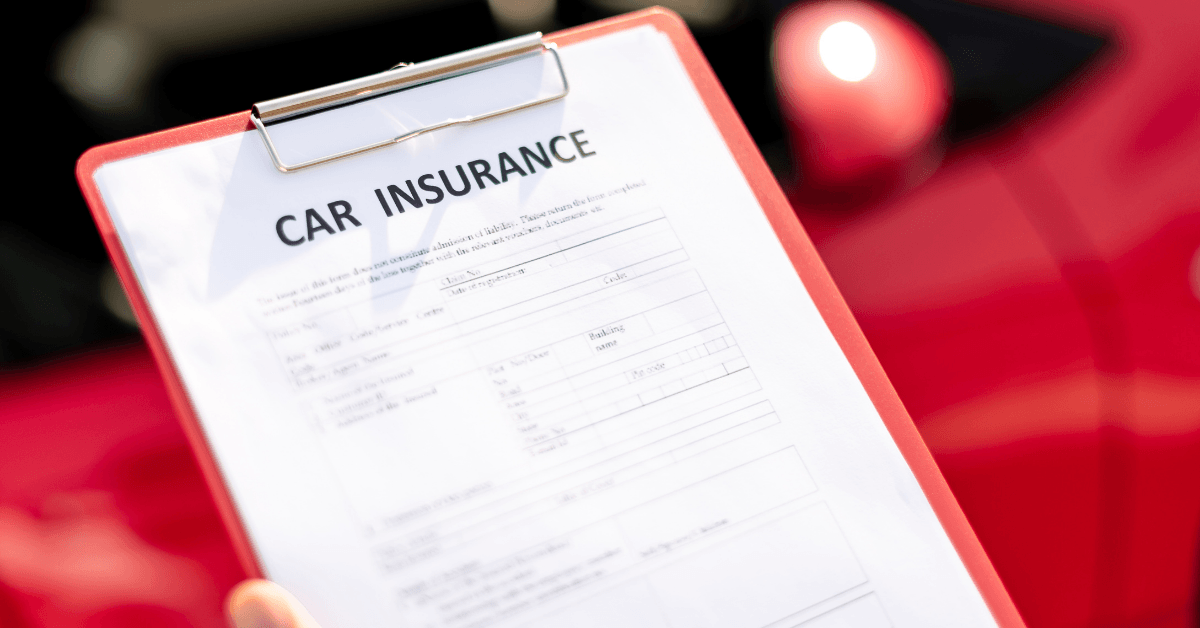Do I Have a Right to Know the Other Driver’s Insurance Policy Limits?
Legally, insurance companies must provide this information if your medical bills exceed $12,500. That figure is half of Virginia’s $25,000 minimum insurance requirement. Therefore, lawmakers reasoned in 2008, if the victim’s medical bills are less than $12,500, there’s no reason the insurance company must disclose this information.
Why does this information matter? As outlined below, the victim’s medical bills from a serious motor vehicle collision often exceed $25,000. Therefore, in order to properly plan the claim for compensation, a Richmond personal injury lawyer needs to know what percentage of the victim’s damages the tortfeasor’s (negligent driver’s) insurance company will cover. That amount has a significant influence on the case.
Injuries in a Vehicle Collision Claim
Hospitalization in the Richmond area costs an average of over $3,000 per day. Other medical costs, such as physical therapy, prescription drugs, and medical devices could add thousands of dollars to this total. That’s especially true since, in most cases, group health insurance plans refuse to pay injury-related costs, citing liability concerns.
We haven’t even touched on other economic losses such as property damage and lost wages. Additionally, in a serious injury case, noneconomic damages for things like pain and suffering can significantly increase the amount of damages.
Car accident injury care is not just expensive. It also requires a great deal of medical expertise. Head injuries are a good example.
Head injuries are extremely common in car wrecks. Either a trauma impact or the sudden, violent motion of a collision could cause a head injury. When the head moves in this way, the brain repeatedly slams against the inside of the victim’s skull.
Although these injuries are frequent, doctors frequently misdiagnose them. Many doctors assume that shock from the accident causes initial head injury symptoms like headaches and disorientation. Additionally, many of these victims honestly tell their doctors they “feel fine.” The brain conceals its own injuries. That’s the main reason concussed athletes ask their coaches to put them right back in the game.
Because of these issues, we immediately connect car crash victims with experienced doctors. That way, victims get the treatment they need.
Evidence in Negligence Claims
To obtain compensation for these expensive injuries, victim/plaintiffs must establish negligence, or a lack of care, by a preponderance of the evidence, which means something is more likely than not.
Generally, a combination of medical bills, the police accident report, and the victim’s own testimony provides the evidence necessary. But that’s not always the case. If the victim died in the accident, the victim’s testimony is obviously unavailable. That loss also affects the police accident report. In these cases, the all-important narrative portion only reflects one side of the story. So the report might be inaccurate.
Electronic evidence such as a vehicle’s Event Data Recorder (EDR) often fills in the gaps. Most EDRs measure and record information like:
- Brake application
- Steering angle
- Engine RPM
- Vehicle speed
Such electronic evidence often resonates well with tech-savvy jurors. However, this vital proof is not always available.
Many insurance companies destroy totaled vehicles within a few days of an accident. If that happens, any physical evidence the vehicle contained, such as the EDR, is lost.
So attorneys usually send spoliation letters to insurance companies. These letters create a legal duty to preserve all possible potential evidence, including the EDR, for trial.
Third-Party Liability
In a serious injury claim, the economic losses alone could exceed $4 million. Most tortfeasors do not have enough insurance to cover such staggering costs even if the tortfeasor had a large umbrella policy.
Vicarious liability is very important in these situations. For example, if the victim was hurt in a wreck with a truck driver, Uber driver, or another commercial operator, the respondeat superior rule could apply. This legal doctrine holds employers financially responsible for their employees’ negligence.
This discussion goes back to insurance coverage. Vicarious liability claims are quite complex. If the tortfeasor has sufficient insurance coverage to provide fair compensation, there’s often no reason to explore third-party liability possibilities and delay the victim/plaintiff’s settlement.
Generally, if you want to know the other driver’s insurance coverage limits, the company must provide that information if your medical bills exceed $12,500. For a free consultation with an experienced auto accident attorney in Richmond, contact Geoff McDonald & Associates, P.C. Virtual, home, and hospital visits are available.

